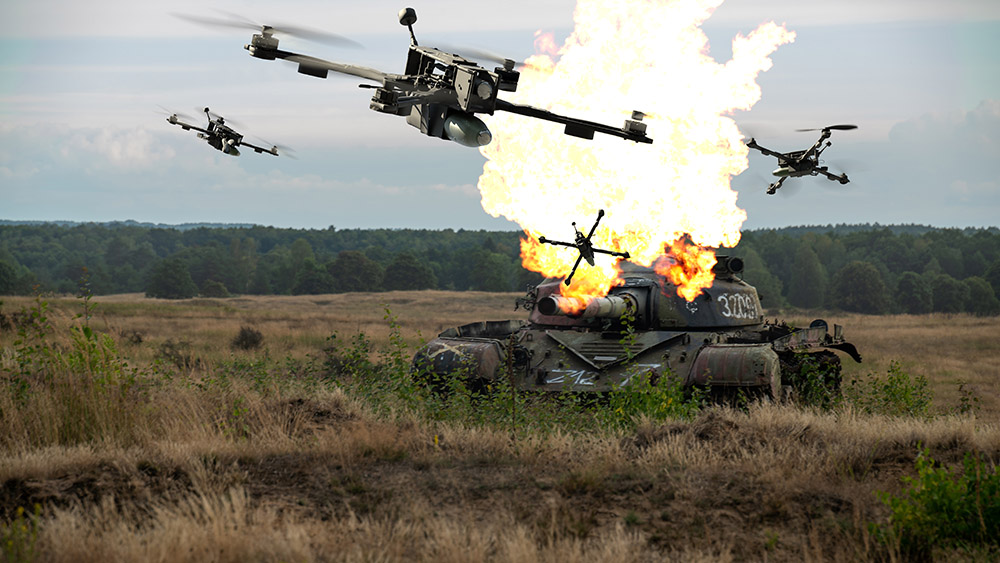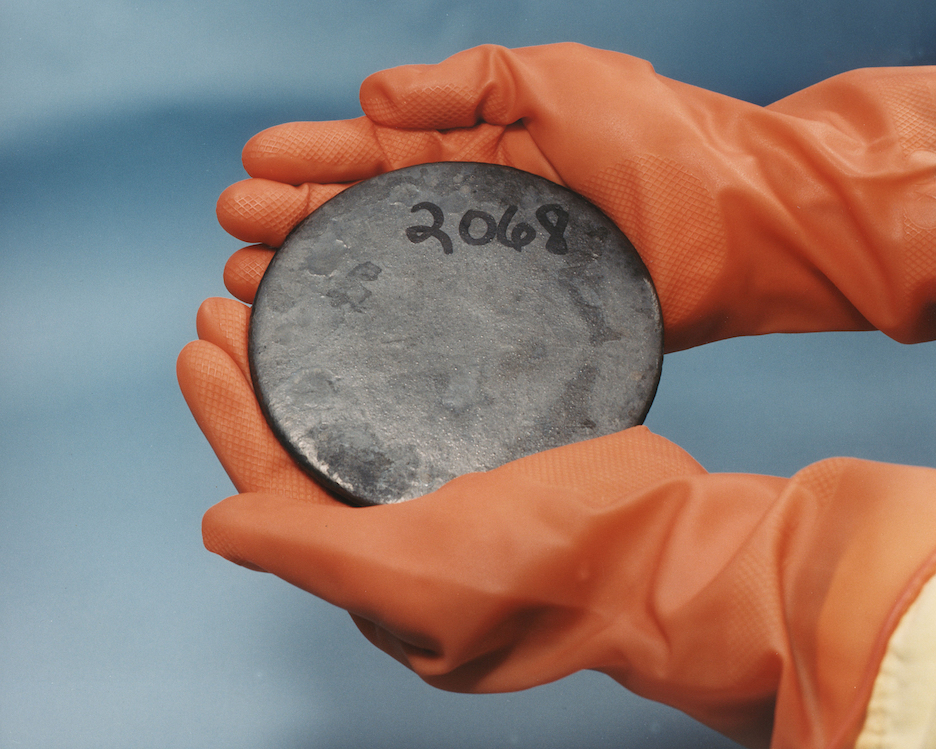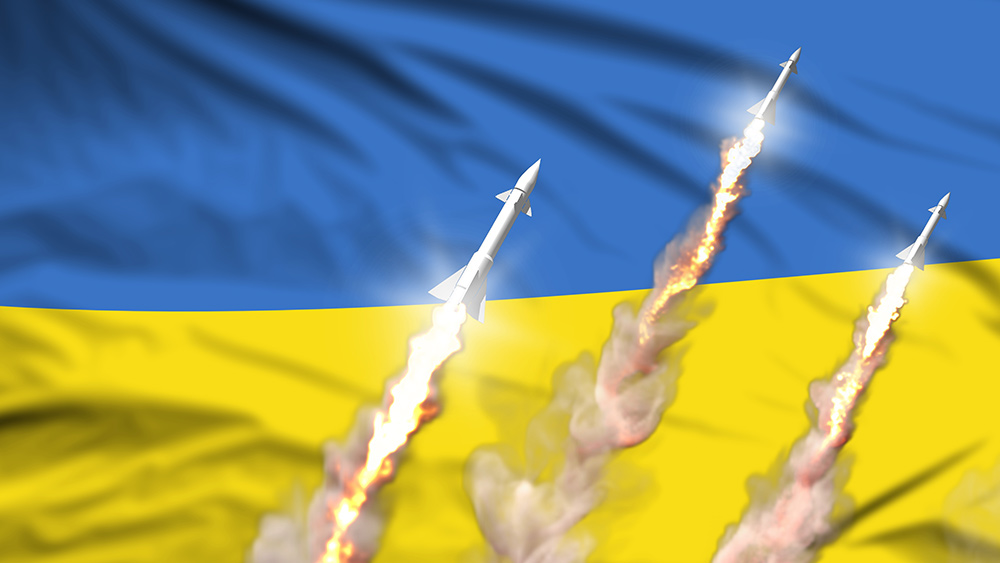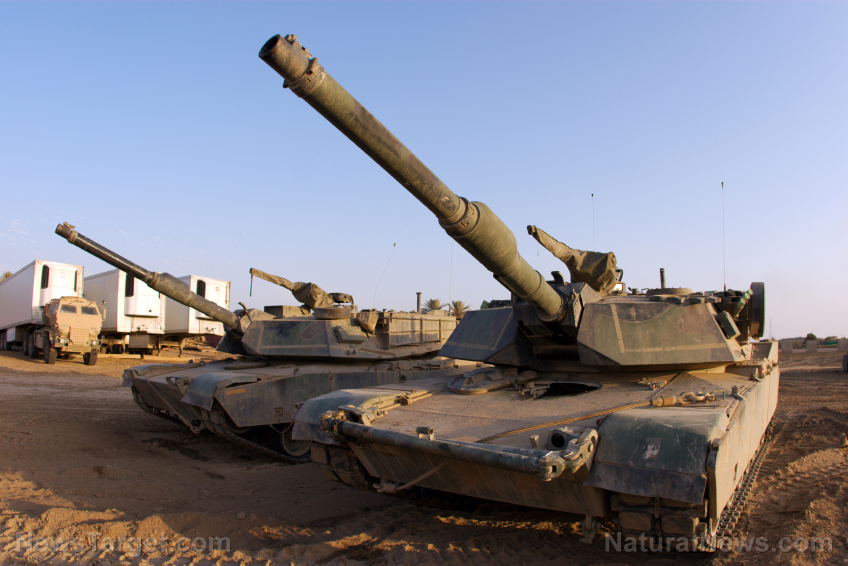 Parler
Parler Gab
Gab
- Ukrainian forces launched a deep-strike drone attack on Russia's Sterlitamak Petrochemical Plant (800 miles inside Russian territory), damaging critical infrastructure. Simultaneously, Russia retaliated with a massive drone/missile barrage (130 drones, seven missiles) targeting Ukrainian cities and energy facilities.
- Russian forces intensified assaults on Pokrovsk, a strategic eastern Ukrainian city, encircling supply lines and gaining ground. Ukrainian President Volodymyr Zelensky called it the war's "hottest spot," with 30 percent of combat operations now concentrated there.
- Ukraine's long-range drone strikes aim to cripple Russia's war economy (aviation fuel, oil facilities), while Russia targets Ukraine's energy grid ahead of winter—both sides inflicting reciprocal damage with no decisive advantage.
- Despite ongoing violence, Ukraine and Russia conducted a rare prisoner swap (wounded soldiers and those under 25). Peace talks remain frozen, with Moscow rejecting Kyiv's ceasefire demands.
- The conflict is devolving into attritional warfare, with Ukraine demonstrating resilience in deep strikes and Russia doubling down on territorial gains. Civilian suffering escalates as winter approaches, with no diplomatic resolution on the horizon.
Russia retaliates with massive drone, missile barrage
In response to Ukraine's deep strikes, Russia launched a massive overnight assault, firing 130 strike and decoy drones alongside seven missiles at Ukrainian targets. Ukrainian air defenses intercepted 92 drones, but at least one civilian was killed and 11 injured, including two children, in the Dnipropetrovsk region. Near the NATO border, Russian forces attacked Ukrainian Danube River port facilities, triggering Romanian air force patrols after "numerous explosions" were observed. Romania's Defense Ministry deployed fighter jets in response. Despite the violence, both sides conducted a prisoner exchange, swapping wounded soldiers and those under 25—a rare moment of cooperation amid relentless fighting. However, peace talks remain stalled, with Moscow rejecting Kyiv's demands for an unconditional ceasefire. Ukraine's deep-strike drone campaign demonstrates its ability to hit critical Russian infrastructure, disrupting Moscow's war machine. Meanwhile, Russia's escalating attacks on Pokrovsk signal a potential shift toward attritional warfare, with neither side willing to back down. As winter approaches, the conflict shows no signs of resolution, leaving civilians caught in a cycle of destruction with no clear path to peace. Watch the video below about Ukraine launching massive drone attacks. This video is from the Maverick News channel on Brighteon.com. Sources include: YourNews.com BrightU.ai APNews.com RadioFreeEuropeRadioLiberty.org Brighteon.comUN nuclear agency unable to verify Iranian uranium sufficient for 10 bombs
By Cassie B. // Share
Ukraine’s air defense interception rates fall to lowest levels of 2025
By Cassie B. // Share
Final stop of Turning Point USA campus tour at UC Berkeley marked by VIOLENCE
By Ramon Tomey // Share
Tanzania election violence: UN reports hundreds killed amid allegations of evidence concealment
By Belle Carter // Share
A new dawn: Turkey prepares historic law to repatriate exiled PKK fighters
By Zoey Sky // Share
A farm’s final stand: The day the ostriches fell
By Willow Tohi // Share
Governments continue to obscure COVID-19 vaccine data amid rising concerns over excess deaths
By patricklewis // Share
Tech giant Microsoft backs EXTINCTION with its support of carbon capture programs
By ramontomeydw // Share
Germany to resume arms exports to Israel despite repeated ceasefire violations
By isabelle // Share










